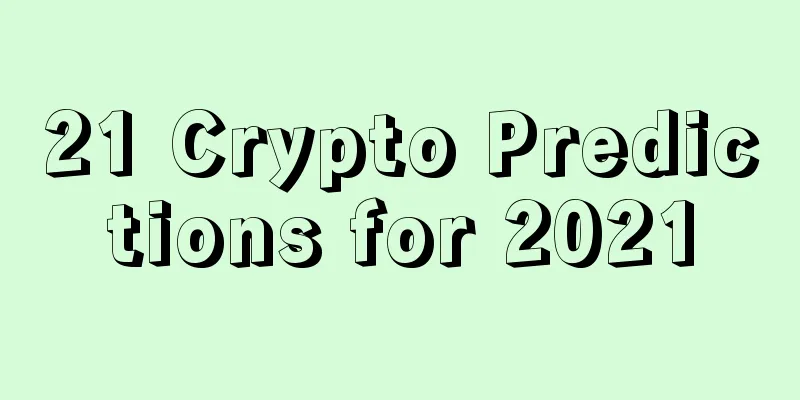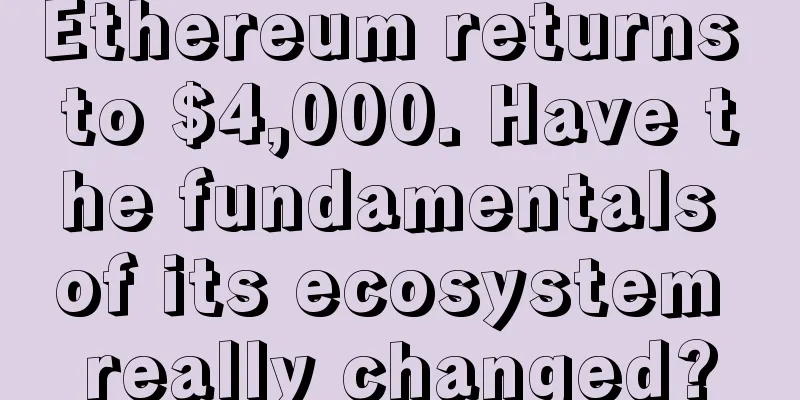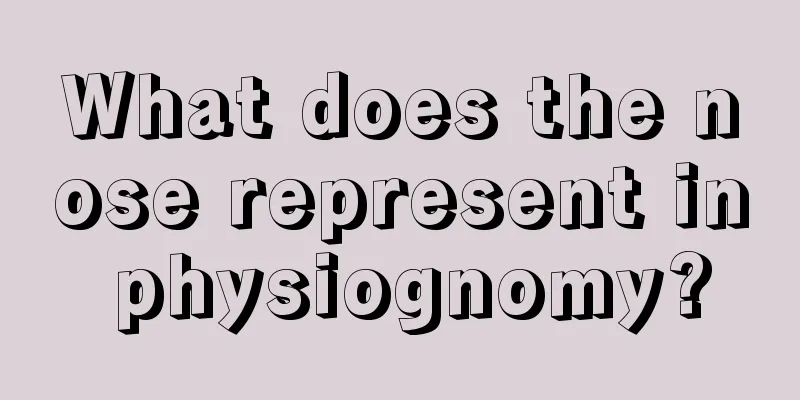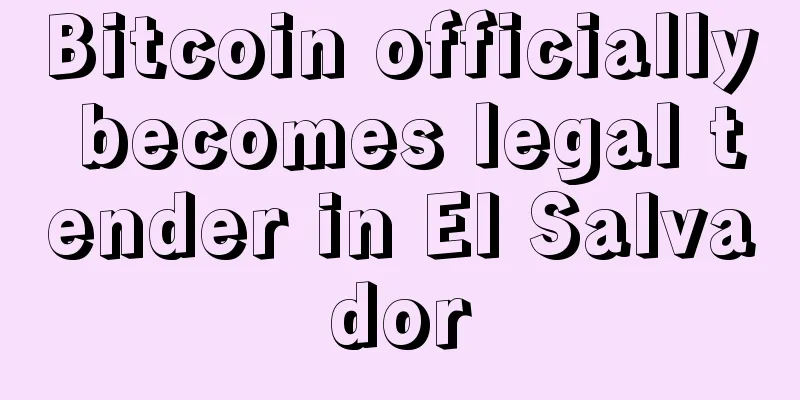Solutions to public chain management vulnerabilities

|
Rage Comment : I believe this is the first time that someone has stood up to support Ethereum's hard fork in a serious, responsible, calm and objective manner. As the author said, everyone's expectations for hard forks and Ethereum were wrongly pinned on individual miners and their wrong assumptions about the status quo. The DAO incident, Ethereum's hard fork and its subsequent chain reactions have made us recognize this huge hypothetical error and have the opportunity to make up for the management loopholes. Therefore, we have to say that hard forks are actually a good thing. Translation: Annie_Xu Since the invention of digital currency, the most exciting thing that has happened in this field is the controversial Ethereum hard fork. The uniqueness of the hard fork is that it highlights the huge capabilities of the public chain, the high degree of freedom, and the options provided by the free market. There is a debate about whether hard forks are effective. We are in the middle of it and can only give our own opinions. I think hard forks are the greatest achievement since the invention of digital currency. However, I believe that there are people who hold different views, and not without reason; but not because of the arguments they provide. Their views are based on the very certain fact that public chains are tamper-proof, because anyone can perform a fork at any time and for any reason, and no one can stop it. However, as I have emphasized before, there is indeed a mistake here, but it is not the mistake of developers, miners or the community; it is the fallacy of what I call the third pillar of public chain management, transactions and business. I believe this mistake comes from the imposition of an interpretation on the public blockchain model, without any calm observation, objective analysis, or experience. This is a parody show in the field, with miners playing judge, jury, and executioner. They have full control over the decision-making power; while others can only imagine that if miners do not take their demands into account, they will be helpless. This belief is so deeply rooted that it transcends any disagreement; then the developers who expanded the capacity on the chain perfectly interpreted it, leaving the decision-making power entirely to miners, even controlling more than the critical 51% of the nodes, reaching a staggering 75%; what's more, miners did not do any human research and skipped the decision-making process; there was no analytical or empirical support. In short, this dividing line is nothing but unfounded trust and assumption, and only a general and vague cognition. The events following the Ethereum hard fork proved this assumption wrong. Then all the prominent exchanges, including Poloniex, announced that they would follow the longest chain, thus shirking their responsibilities. Everyone seemed to think it was reasonable at the time, so no one I know blamed it. But this was not a choice; it was a way of shirking responsibility, allowing each of them to suddenly leave without warning, without statement, and without any criticism. You could say the technical reason Poloniex backstabbed like this is that they deceived everyone; instead of sticking to the longest chain, they used the shorter chain simultaneously, without any warning or notice. However, no exchange took responsibility before the hard fork, so the opposite argument is obvious. On the other hand, Bitcoin exchanges and companies loudly declared their support for hard forks, but they also bowed to miners and sought their consent. And their targets are still those two or three Bitcoin miners who are easily influenced; therefore, they are actually betting the fate of themselves and the entire ecosystem on those three or two people. So the public chain governance flaws were only caused by the misplaced belief that miners were the judge, jury, and executioner, when in hindsight they were merely implementers, with a voice, but not enough power to make decisions. This solution applies to the pillars with the most power, whose two development teams are responsible for identifying jurisdictions, taking corresponding responsibilities, making public rulings, and deciding the direction of action, without paying attention to the actions or choices of others. So people are beginning to appreciate the wisdom of Satoshi Nakamoto, who in hindsight knew how decisions were made in the field and therefore didn't worry about server clusters; after all, the decisions were made at the most decentralized level, by free-market companies and individuals. |
<<: Five major projects debuted in Hangzhou, targeting blockchain industry investment
>>: UK Government and Credits Sign First G-Cloud Blockchain Platform-as-a-Service Agreement
Recommend
A brief discussion on the legal issues of blockchain crowdfunding
The third postscript of "Blockchain New Econ...
What does it look like when a woman has strong sexual desire? What kind of facial features can help her give birth to a boy?
People have seven emotions and six desires. A pers...
Ten types of faces, see which one you are
Everyone's face shape is different in life, w...
Monero Completes Hard Fork Upgrade: Enhanced Privacy, ASIC Resistance, and Security
Monero successfully completed a protocol upgrade ...
Five fingers to see your fortune
Five fingers to see your fortune Spread out your ...
Analysis of the facial features of a person with impulsive personality but strong loyalty
What do knife-shaped eyebrows look like? Broadswo...
The hidden rules of going to the Siberian "mine", the full text of the Bitcoin miner's oral account
More and more people are joining the ranks of &qu...
The central bank’s legal digital currency is on the way. Once launched, will the existing digital currency disappear?
This week, the price of Bitcoin, one of the major...
What does a mole on the eyelid mean? Can a mole on my eyelid be removed?
If there is a mole on the eyelid, it looks cute, ...
How to know people with phoenix eyes and drooping eyebrows?
Danfeng eyes I believe that many people have met ...
The State Council issued another document to "guide and regulate the development of Internet finance"
Recently, the General Office of the CPC Central C...
How to resolve the problem of vertical lines on eyelids
In terms of physiognomy, when we reach a certain ...
What does it mean if a girl has a mole at the end of her left eye? What does it mean if a mole is under her left eye?
What does it mean if a girl has a mole at the end...
What does a mole on the lower eyelid mean? Is it good for a man to have a mole on his lower eyelid?
Mole physiognomy is a profound science. Different...
Bitcoin Satellite Project Shelved, Developer Jeff Garzik Creates New Project Bloq
According to Bloomberg, Jeff Garzik has been pitc...









